So, it’s Friday night. While I might say I’m taking my date to the movies, others might take theirs to see a film. Still others will say they are going to the theater, and in certain areas it may be called the cinema. No matter where you stand on this word, I think we can all be thankful the original term from the early 20th century didn’t catch on.
“Wait, are you saying the movies were not originally called any of these things?”
Why, yes, imaginary person to whom I am talking so that I can create a perceived conversation that lends credence to what I am proposing. That is exactly what I am saying.
When moving pictures were first conceived, they were named according to the novelty of their innovation: motion in pictures. As technology progressed, they became “film,” and then “silent film.”
Later, music was added as well as written dialogue similar to subtitles. Since we are a society that likes to shorten words and phrases, they became known simply as movies or films. Perfectly fine names if you ask me.
The term “movies” obviously came from the shortened phrase moving pictures. During the 1920s and ’30s, developments adding spoken dialogue and sound to film made silent film an old model, and the new model (which we still technically watch today) was born: the talking picture.
Talkies
Talking pictures were one of the biggest leaps forward in cinema after the invention of celluloid film. Obviously, since they included spoken dialogue and the old “silent” films didn’t, they quickly became known as talkies.
Talkies? Seriously, that was the best they could come up with. Look it up, I’m not even joking. Thankfully, since they had already been around in one form or another form for almost 50 years, the name didn’t stick as most people still referred to them as films or movies.
Tribute to history of cinema
Whew, dodged a bullet on that one, didn’t we? Do you really think you could sound intelligent calling up your friends and asking if they wanted to go to a “talkie” with you? I sound silly just saying it to myself.
I’m sure Konstantin Chaykin would agree as it’s perhaps the main reason I can see he didn’t name his latest creation “Talkie.” Okay, maybe that and the fact that his horological tribute to the history of cinema is based on technology that predates the talking picture. It’s anybody’s guess.
Konstantin Chaykin, the Wonderboy Russian Watchmaker – my name for him, hopefully he doesn’t mind – is a serious contender for being crowned one of the most progressive and talented watchmakers alive right now. Previous models like the Levitas, Lunokhod, and his incredible clock creations that feature Jewish and Islamic calendars show that he is both creative and a top-notch complication specialist.
Random Space Nerd Side Note: The Lunokhod, created by Soviet scientists, was the first remote-controlled rover to operate successfully on the surface of another celestial body. On November17, 1970, Lunokhod 1 was carried to the moon by the automatic interplanetary spacecraft Luna-17 and deposited in the Sea of Rains…Perfect inspiration for a watch, thank you very much.
With his most recent creation, the aptly named Cinema watch, he stumped and astounded me with a creative direction that did not leave me wanting. The Cinema features an animation, or more correctly, stop motion recording of a horse at full gallop.
The mechanism used to create said animation? Why that would be his own miniaturized version of Eadweard Muybridge’s Zoopraxiscope. (One of the most awesome names for any machine ever; it even rivals one of my own wordinations!)
A most unusual complication
Incorporating complications is how watchmakers set themselves apart. It allows them to display not only their skills in creating, but also innovative engineering. Chaykin knocked this one out of the park with the Cinema.
AND he was inspired by Google, of all places. Actually he was inspired by Google celebrating the anniversary of Muybridge’s birthday back in April 2012. Chaykin came across the Google Doodle and was intrigued.
After clicking through it and playing around, he came up with a challenge to himself: could he miniaturize that mechanism enough to fit it within a movement and use Muybridge’s animation as a feature?
Challenge voiced; challenge completed. And I simply love this awesome reason to build a complication. Even more, I love that it has absolutely nothing to do with telling the time, providing a function that a watch doesn’t normally include.
It is invention for the sake of pure joy in invention. I can really appreciate that!
The Cinema is incredible to view, but what makes it more incredible is to know how it works. Two movies, I mean movements, are housed inside, one for the time and one for the animation.
Winding for both of the movements takes place via the single crown, simply wound in either direction for each movement. The animation is activated by a pusher at 9 o’clock that releases a spinning disc, a type of shutter, to cover and reveal a counter-spinning disc with 12 different images of a galloping horse on it.
Zoopraxiscope
To those of you playing the home game, you might have guessed that this is the same animation made famous by Muybridge and his Zoopraxiscope.
The most amazing thing about this mechanism is the understanding of biology that is needed to make it work in the first place. The human eye can process 10 to 12 images a second and still perceive them individually.
To create motion, you must view 12 or more images in under a second. The shutter for the Cinema moves at exactly 12 frames per second, just enough to allow for the animation to appear as motion instead of a bunch of pictures displayed very rapidly.
Neat, huh? What’s more, there is a blocking shutter that keeps the viewer covered for the first couple seconds as the spinning discs reach proper speed. This way, the motion illusion won’t be ruined by blurry images and mismatched frame rates. Smooth, Chaykin, smooth.
The animation runs for 20 seconds, after which the blocking shutter closes and you grab your coats and purses, drop the rest of your garbage on the floor of the theater and wander back to your car amazed at what you just saw.
Or you just press the button one more time and watch it all over again! Actually, you need to wind the animation movement between the full twenty-second viewings, but even so, I don’t care. It’s freaking awesome.
The movements themselves are finished to a very high degree, with screwed, gold chatons, côtes de Genève, and what I assume is handcrafted beveling on the plates. The ratcheting clicks on the mainsprings are awesomely complex and the time movement even features an anchor escapement, something not usually seen in wristwatches.
All in all, it stands up to any Swiss movement for quality and beauty, and then it smiles at them knowingly while it shows them a pretty movie.
For more information, please visit www.konstantin-chaykin.com.
Time for my breakdown!
• Wowza Factor – 7 I think of this as a bit of a sleeper. It looks very nice, has classic styling with very interesting details inspired by early camera technology and construction. But something just seems suspiciously deceptive, like there is more to it. That’s when the animation function blows your mind.
• Late Night Lust Appeal – 3.1 gn » 30.400 m/s2 A little over three times the force of gravity; the Cinema will keep your butt snug against the cushion like you were sitting in the Space Shuttle at launch velocity!
• M.G.R. – 64 The Cinema and its dual movement setup featuring a miniature Zoopraxiscope and animation window will have you adjusting your pocket protector and snapping your suspenders with excitement.
• Added-Functionitis – Raised Concern It tells time…but it also shows you a movie! With the ability to ditch your iPhone and get lost in the dramatic action unfolding on your wrist comes the need for extra-strength for sensitive skin Gotta-HAVE-That cream.
• Ouch Outline – 4.9 – Slivers Under All Your Fingernails Being as expensive as it is, it is still definitely on my want list. That being said, I wouldn’t put up with as much pain for this watch as some others, but still would take a decent amount of stabbing pains in my digits to get my digits on to this piece!
• Mermaid Moment – The 2 Seconds It Takes For The Animation To Start Playing It scores well on the Wowza scale, yes, but its Mermaid Moment comes the second you see that horse galloping across your wrist. It is so amazing that for a moment you worry if that little guy is going to get tired of running for your pleasure because you can’t keep your finger off that button.
• Awesome Total – 640 The M.G.R. multiplied by the length of the animation divided by the two seconds it takes to begin. Extremely solid in my opinion!
This watch makes me giggle, and if I owned one I would be worried about wearing it out as I repeatedly pushed that button of joy at 9 o’clock.
This post originally appeared on Watchuseek.com in a different format. Thank you to Ernie Romers for the permission to edit and repost it here.
Trackbacks & Pingbacks
-
[…] Comptus Easter Clock, which displays 26 indications including the date of Orthodox Easter, and his Cinema watch, which incorporates a zoopraxiscope, a tiny recreation of Eadweard Muybridge’s very first moving […]
-
[…] You will notice a more complex series of intermediary winding gears on the Cinema. The ratchet wheel is tall enough for a pair of “Mr. Tickle” clicks to occupy a separate plane to the passenger clicks, allowing the entire configuration to be openly displayed. The Cinema is a visual banquet for the cinephile and the “click-lover” alike. For more on the incredible Cinema see Why Independent Russian Watchmaker Konstantin Chaykin Is A Movie Star. […]
-
[…] are going to hate, but I loved the Joker from Konstantin Chaykin! As evidenced by his earlier Cinema watch and his remarkable Moscow Comptus Easter Clock, Chaykin is a brilliant innovator and serious […]
-
[…] and it provides further evidence that the man I dubbed the “Wonderboy Russian Watchmaker” in Why Independent Russian Watchmaker Konstantin Chaykin Is A Movie Star is one of the greatest watch and clockmakers in the game […]
-
[…] Wonderboy watchmaker Konstantin Chaykin enters the fray with a fabulously fun film feature called the Cinema (see Why Independent Russian Watchmaker Konstantin Chaykin Is A Movie Star). […]
-
[…] And nothing about this animal is more intriguing than the magnificent sight of a horse in motion, and that’s why recreating that movement in a machine has been a goal of many skilled automata builders throughout history (see Why Independent Russian Watchmaker Konstantin Chaykin Is A Movie Star). […]
-
[…] Joshua’s look at a timepiece called the Cinema, made by Konstantin Chaykin, Russia’s premier independent […]
Leave a Reply
Want to join the discussion?Feel free to contribute!























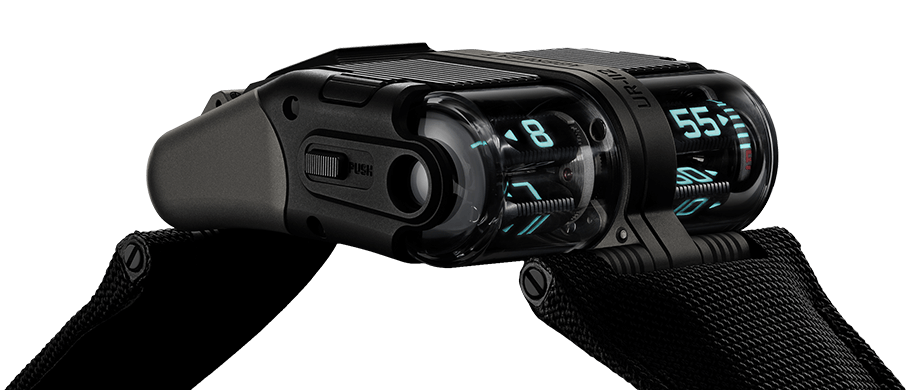


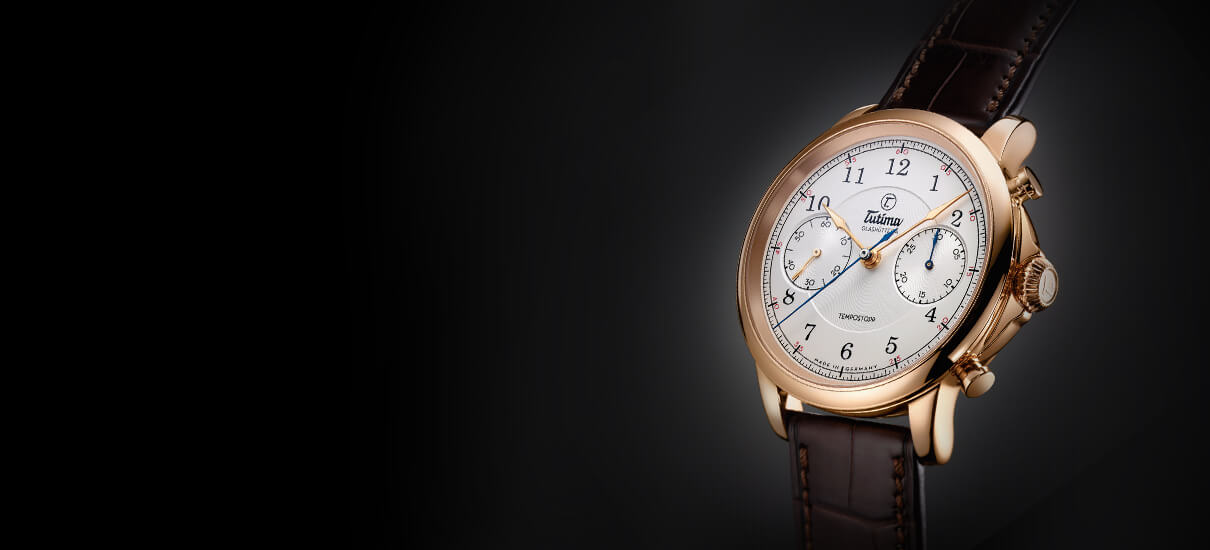

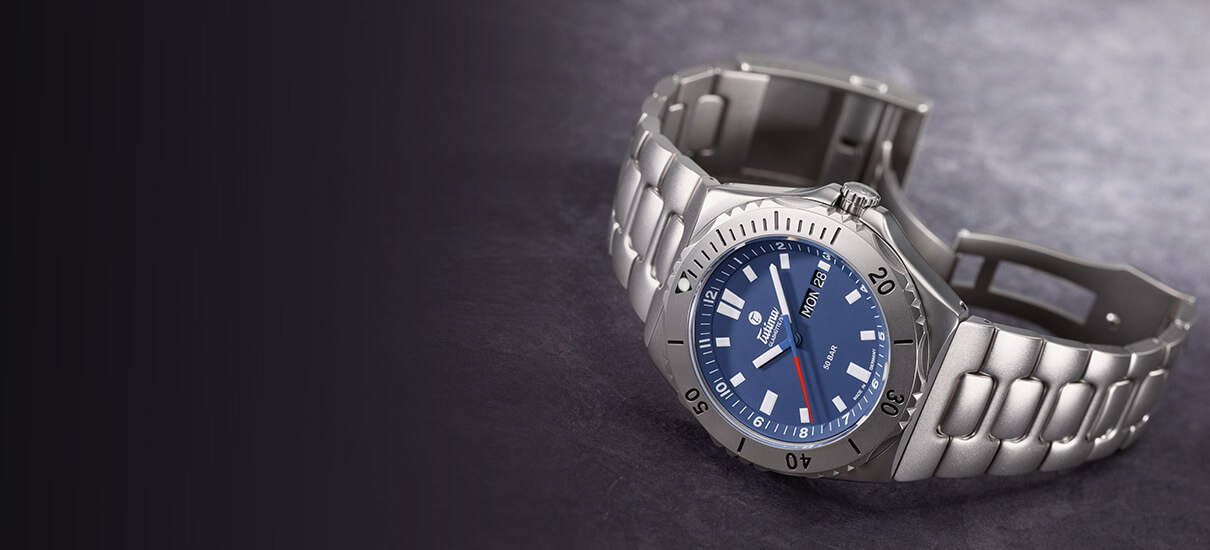

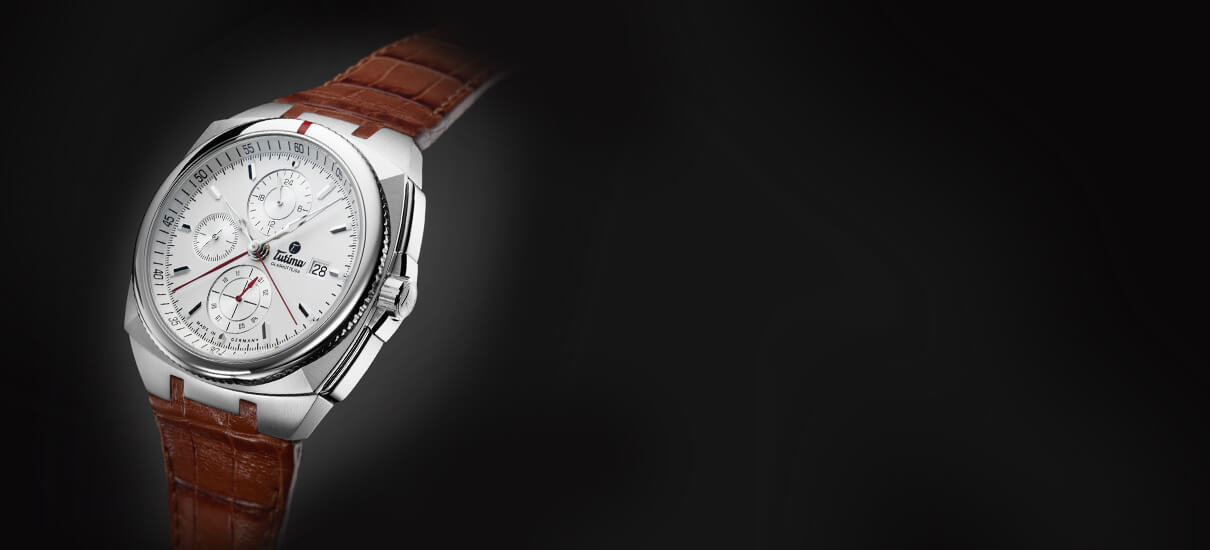

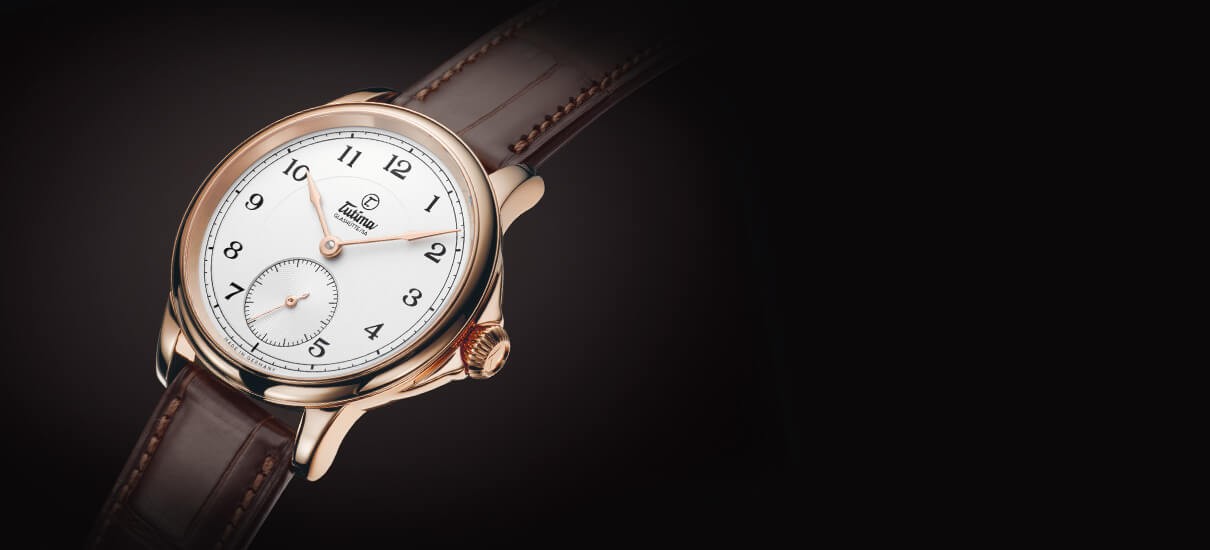



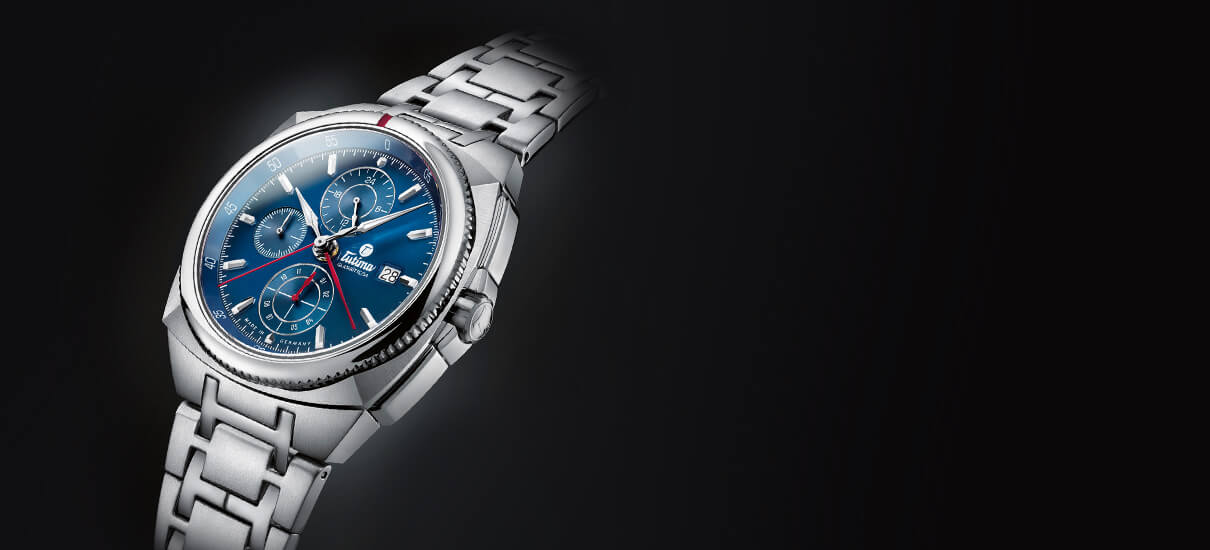

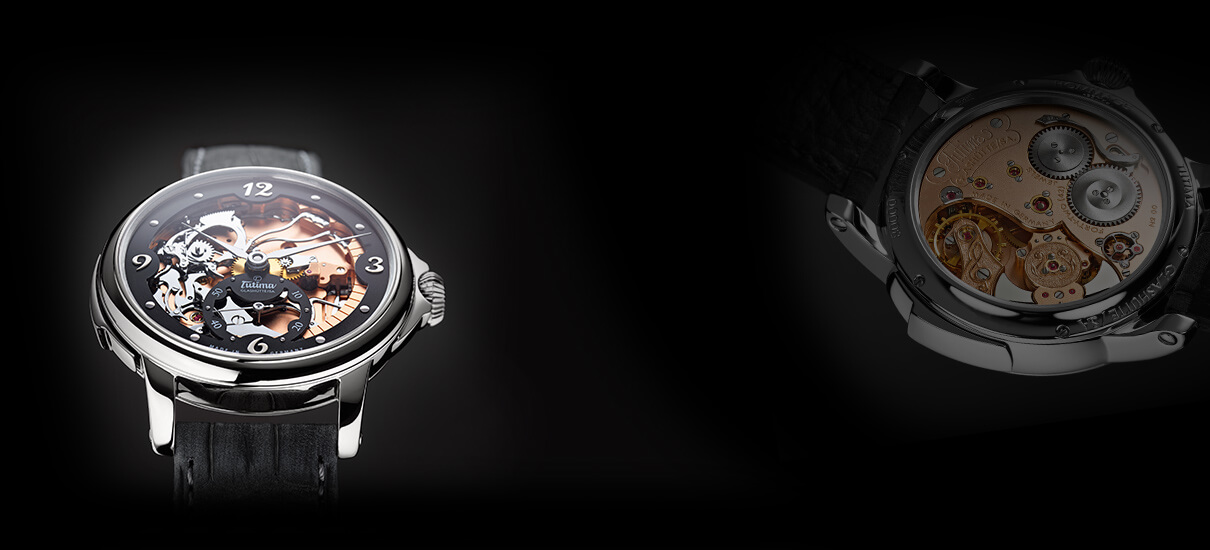



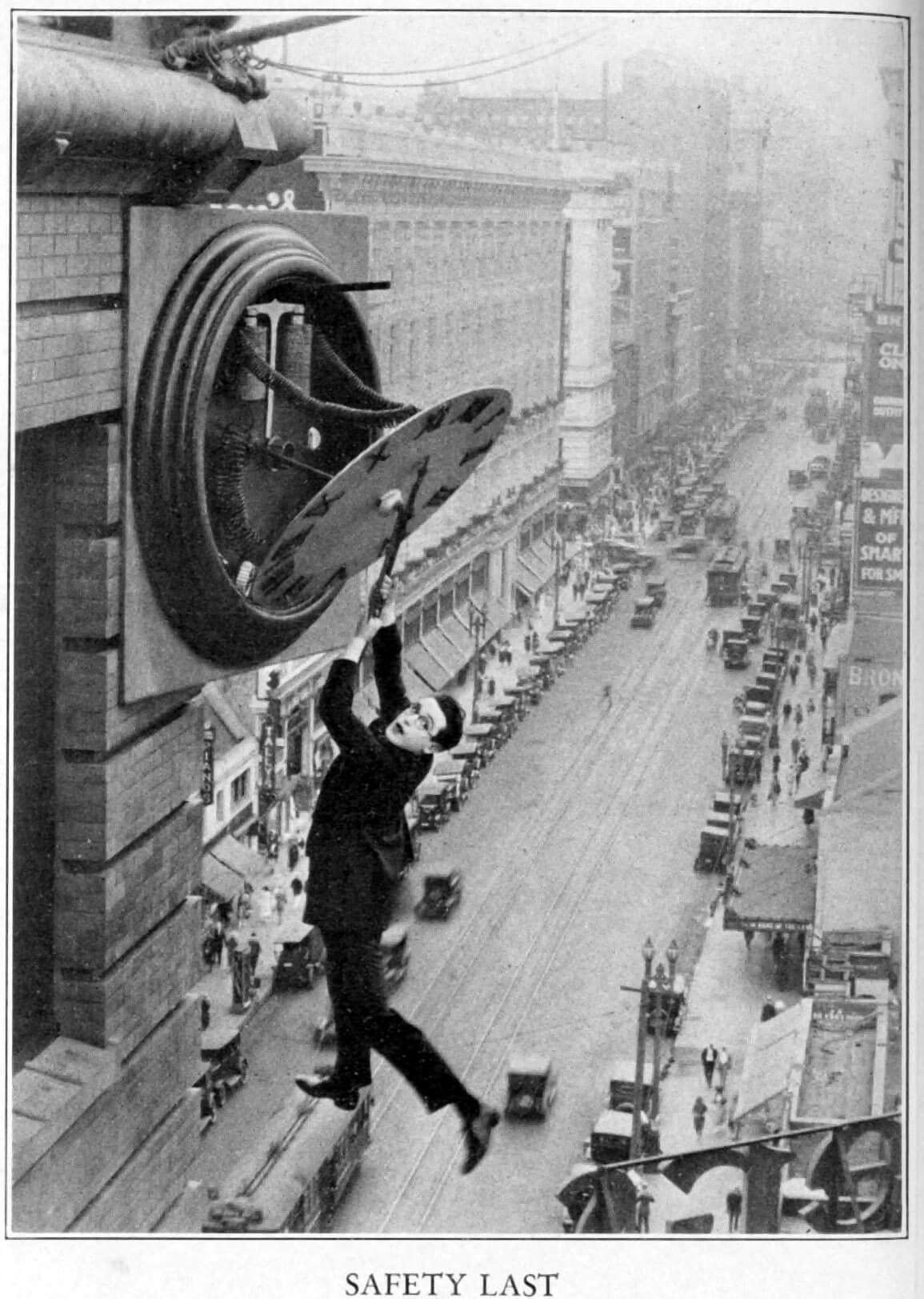
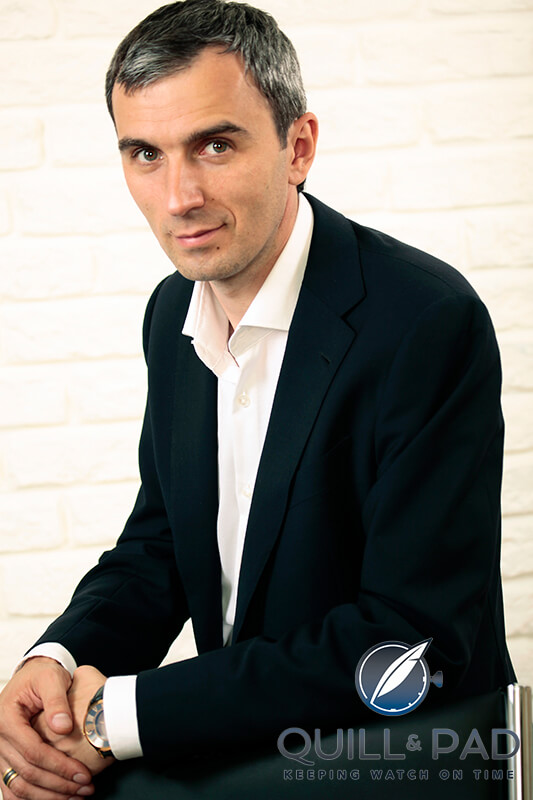
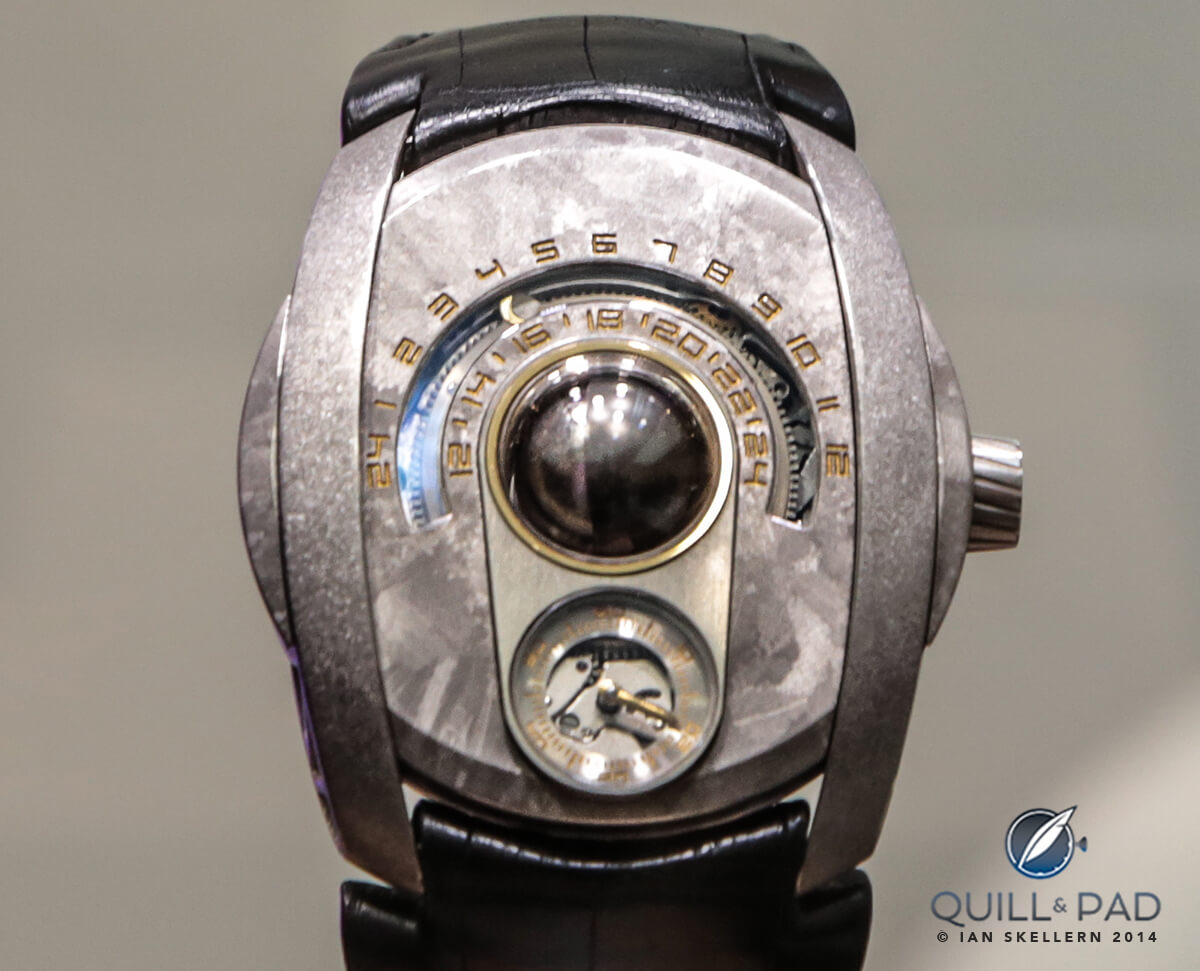
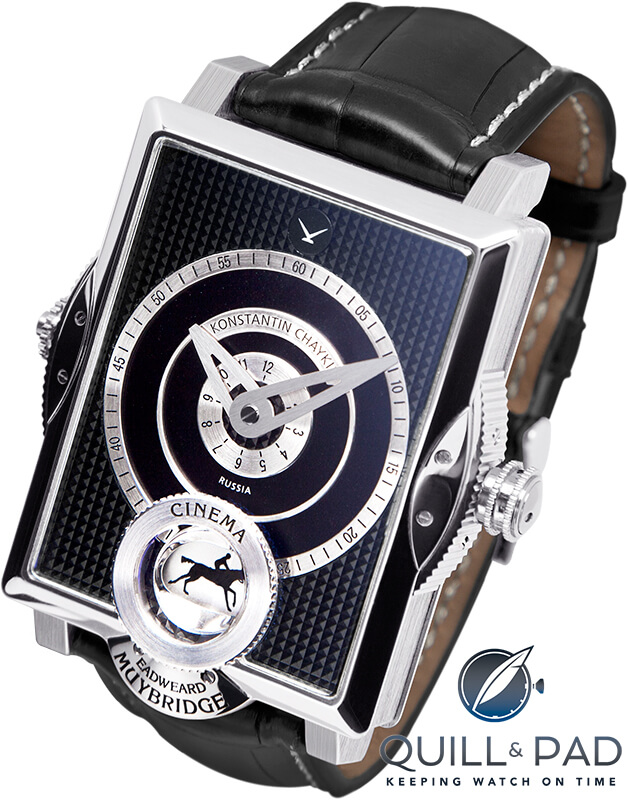
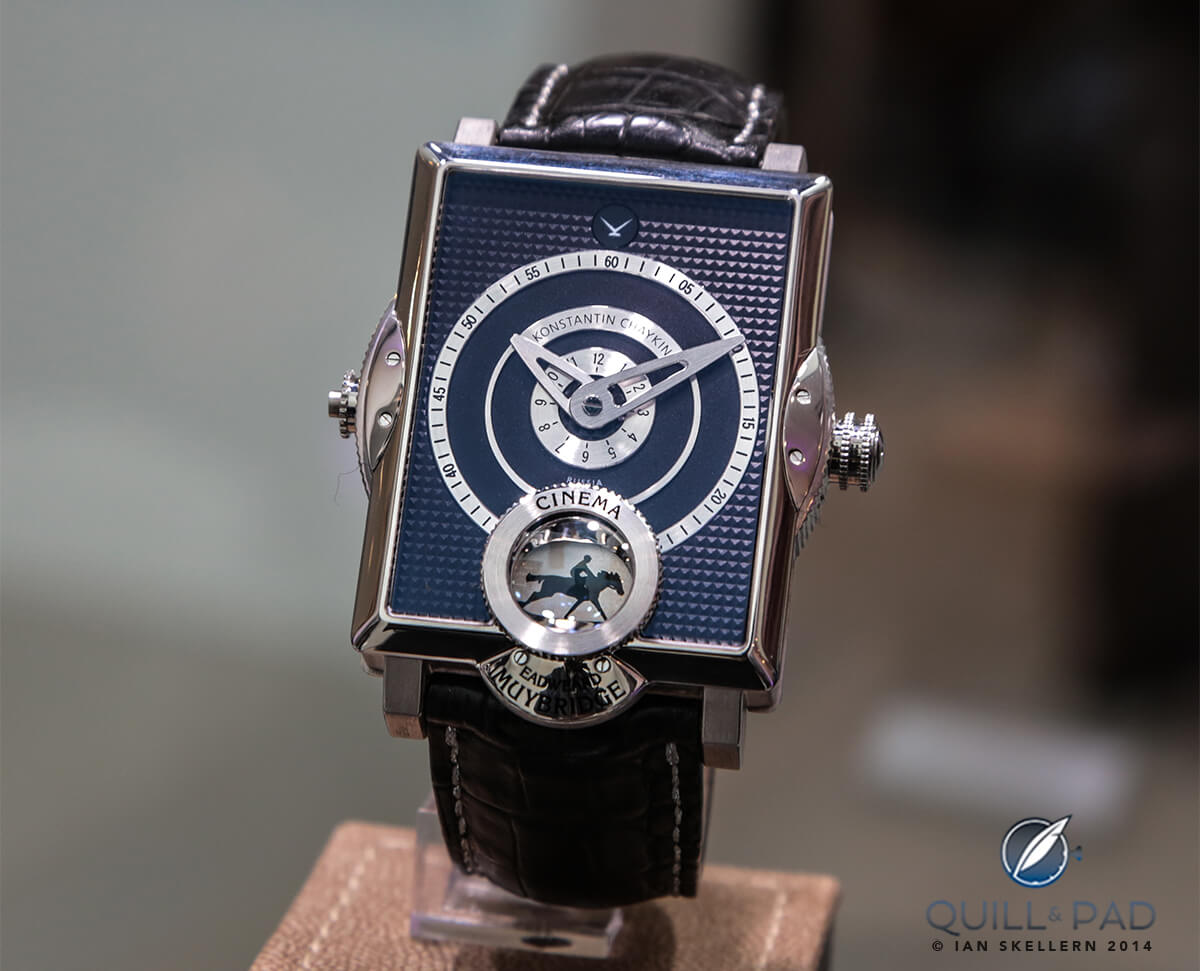

A most useless complication rather…